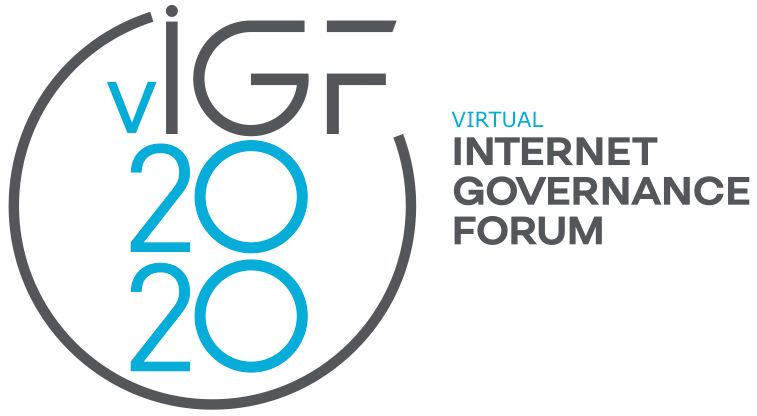Connected health in the post COVID-19 era
12 Nov 2020 17:10h - 18:40h
Event report
The session, moderated by Mr Brian Scarpelli (Senior Policy Counsel at ACT: The App Association), explored the various aspects of connected health, especially in the context of COVID-19. The discussion explored numerous topics such as the influence of COVID-19 on the telehealth industry, accessibility, privacy, and security of the telehealth industry, regulatory challenges, and technological innovations in the field of digital health.
Mr Sveatoslav Vizitiu (Co-Founder of Wello Wello Camp) explained that COVID-19 has boosted the telehealth industry. During the pandemic, people reached out more to their physicians, stayed-in more, and took care of their health and especially their children’s health. At the same time, the pandemic highlighted the problem of lack of Internet access, which prevents people from benefiting from these developments. He also emphasised the challenges of developing new telehealth devices and applications due to the regulatory obstacles.
Ms Jelena Malinina (Digital Health Policy Officer, the European Consumer Organisation (BEUC)) noted that during the COVID-19 outbreak, the EU encouraged the use of health care technology, and that people did use the technology to reach out to their physicians. Therefore, she claimed that the next stage is to develop the relevant legislation on the matter, so that patient’s rights will be protected. She gave the example of a Finish leakage of psychotherapy records, which led to blackmail threats. Therefore, the legislation will need to figure out a way to deal with these issues. Malinina also highlighted the need to educate doctors as well as patients in the field of digital health literacy. At the same time, she stressed that not all people can or want to use telehealth. Some consider going to the doctor a part of their social lives, others might not have access to the Internet or do not have the ability to use it. Therefore, when developing telehealth, different needs of different groups in society should be taken into account.
Mr Subbarao Kambhampati (Computer Science Professor, Arizona State University) emphasised the benefits of having digital technology during the pandemic, which can help patients all over the world. He especially referred to the topic of artificial intelligence (AI) technology and its possible advantages. However, he warned of the ethical and professional implications of using such technology. He explained that the human tendency to rely on technology might lead to mistakes and false diagnoses, so technology should be used to assist doctors in making decisions.
Dr Analia Baum (Chief Information Officer, Ministry of Health of Buenos Aires City) referred to the development of digital healthcare options during the pandemic. She underlined that the technological and regulatory aspects need to be improved so that everyone will be able to enjoy receiving digital health services. The lockdown, she explained, led to a drop in the number of people seeking medical assistance, and this brought about the Telehealth 2020 regulation in Buenos Aires, which allowed doctors to provide digital health services, including digital subscriptions, so that people’s health would not deteriorate. Today, 20% of all medical appointments in Buenos Aires are made using telehealth services. However, there are still issues of privacy, trust, security, and access that need to be addressed so that all people could enjoy these services.
Ms Geralyn Miller (Director, Health Strategy, Microsoft AI for Good Research Lab) also viewed this period as a period of opportunities for technological innovations and developments, and collaborations between people and entities from different sectors. She referred to the importance of creating and designing unbiased technology. This can be achieved by promoting diversity within health technology companies. She looked at the role that AI developments can have in the field of telehealth, whether it is about the COVID-19 outbreak or diagnosing diabetes. She also highlighted the need for getting more information about health issues in developing countries and regions, so that manufacturers and designers know what telehealth technology needs to be created.
Related topics
Related event

